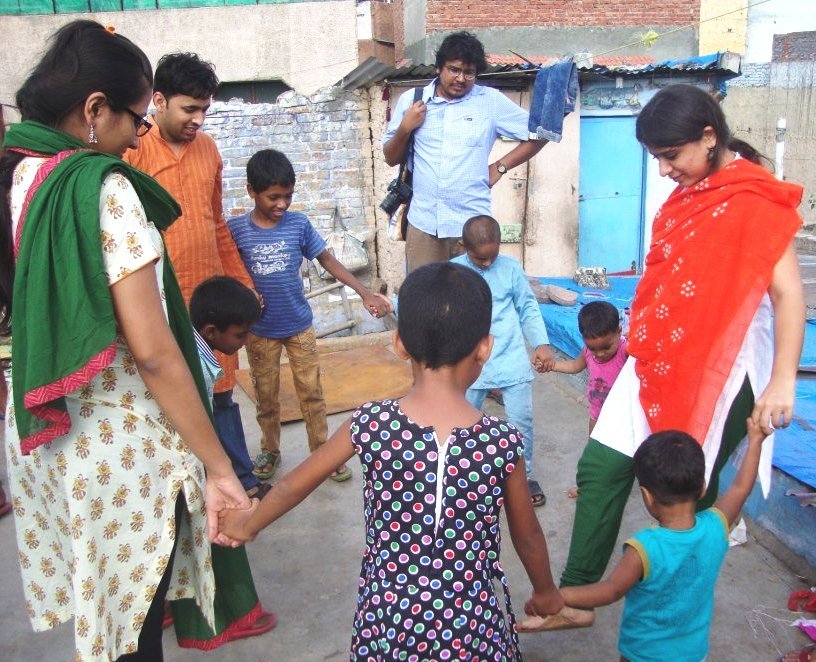In recent years, live-in relationships in India have gained significant attention as modern society evolves. While the traditional concept of marriage still dominates Indian culture, more couples are choosing to live together without tying the knot. This lifestyle raises important legal, social, and cultural questions. In this article, we explore the laws governing live-in relationships in India, the rights of partners, and the implications of such arrangements.
What is a Live-in Relationship?
A live-in relationship is when two adults choose to live together in a domestic arrangement similar to marriage, without being legally married. Unlike marriage, it does not involve religious rituals or legal contracts. In India, this concept has often been debated due to cultural conservatism, but the judiciary has made efforts to provide legal clarity and protection to individuals in such relationships.
Legal Recognition of Live-in Relationships

Live-in relationships are not explicitly defined in Indian law. However, the Supreme Court of India has recognized them under certain conditions. The court has stated that if a couple lives together for a long period and presents themselves as husband and wife, the relationship may be considered “in the nature of marriage” under Section 2(f) of the Protection of Women from Domestic Violence Act, 2005.
This means that although live-in relationships are not equivalent to marriage, they are legally valid and cannot be termed illegal. The judiciary considers them part of an individual’s right to life and personal liberty under Article 21 of the Constitution of India.
Rights of Women in Live-in Relationships
One of the major concerns surrounding live-in relationships is the protection of women. Indian courts have ensured that women in live-in relationships are not left vulnerable. Some of the key rights include:
- Right to Protection from Abuse: Women in live-in relationships are entitled to seek protection under the Domestic Violence Act, 2005, just like legally married women.
- Right to Maintenance: If a man abandons his partner after years of cohabitation, the woman may claim maintenance under certain circumstances.
- Right to Inheritance (Children): While a live-in partner does not automatically gain inheritance rights in the property of the other partner, children born out of such relationships are considered legitimate and have inheritance rights in the property of their parents.
Live-in Relationship and Children’s Rights
The status of children born out of live-in relationships was once unclear. However, the Supreme Court of India has ruled that children born to couples living together are legitimate and have the same rights as children born within marriage. They can inherit their parents’ self-acquired and ancestral property.
This judgment ensures that children do not suffer socially or legally due to the relationship status of their parents.
Social Challenges of Live-in Relationships in India
Despite legal recognition, live-in relationships still face social stigma in India. Many communities view them as unacceptable, especially in conservative or rural areas. Couples often face challenges such as family opposition, lack of social acceptance, and difficulties in finding housing.
However, with urbanization, changing lifestyles, and a progressive mindset among the younger generation, live-in relationships are slowly becoming more accepted in metropolitan cities.
Key Court Judgments on Live-in Relationships
Several landmark judgments have shaped the legal understanding of live-in relationships in India:
- Lata Singh vs. State of UP (2006) – The Supreme Court recognized that two consenting adults have the right to live together without marriage.
- Indra Sarma vs. V.K.V. Sarma (2013) – The Court clarified the definition of “relationship in the nature of marriage” and extended protection under the Domestic Violence Act.
- Khushboo Case (2010) – The Court stated that living together without marriage is not a crime.
Live-in relationships in India are legally recognized, though not equal to marriage. The judiciary has provided a framework to ensure protection of women and children’s rights, making sure such relationships are not exploited. However, societal acceptance is still evolving, and couples often face cultural challenges.
As India modernizes, the legal and social perspective on live-in relationships will continue to develop. For now, couples in live-in arrangements can be assured of certain legal protections, though complete equality with marriage remains a work in progress.
Valentines Gift for Girlfriend
Read Also: Dating Or Matrimony Website Design
![]()





